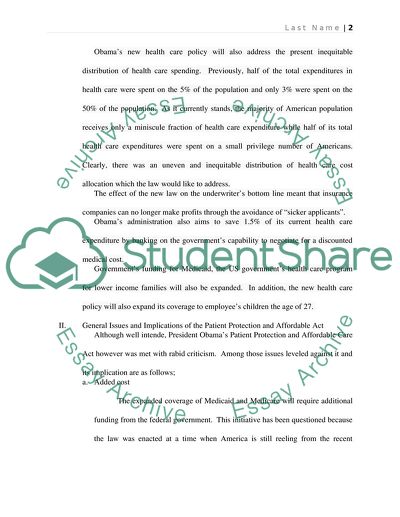Cite this document
(Implication of President Obamas Patient Protection and Affordable Care Research Paper, n.d.)
Implication of President Obamas Patient Protection and Affordable Care Research Paper. Retrieved from https://studentshare.org/health-sciences-medicine/1762907-obamas-health-care-bill-policy
Implication of President Obamas Patient Protection and Affordable Care Research Paper. Retrieved from https://studentshare.org/health-sciences-medicine/1762907-obamas-health-care-bill-policy
(Implication of President Obamas Patient Protection and Affordable Care Research Paper)
Implication of President Obamas Patient Protection and Affordable Care Research Paper. https://studentshare.org/health-sciences-medicine/1762907-obamas-health-care-bill-policy.
Implication of President Obamas Patient Protection and Affordable Care Research Paper. https://studentshare.org/health-sciences-medicine/1762907-obamas-health-care-bill-policy.
“Implication of President Obamas Patient Protection and Affordable Care Research Paper”, n.d. https://studentshare.org/health-sciences-medicine/1762907-obamas-health-care-bill-policy.


